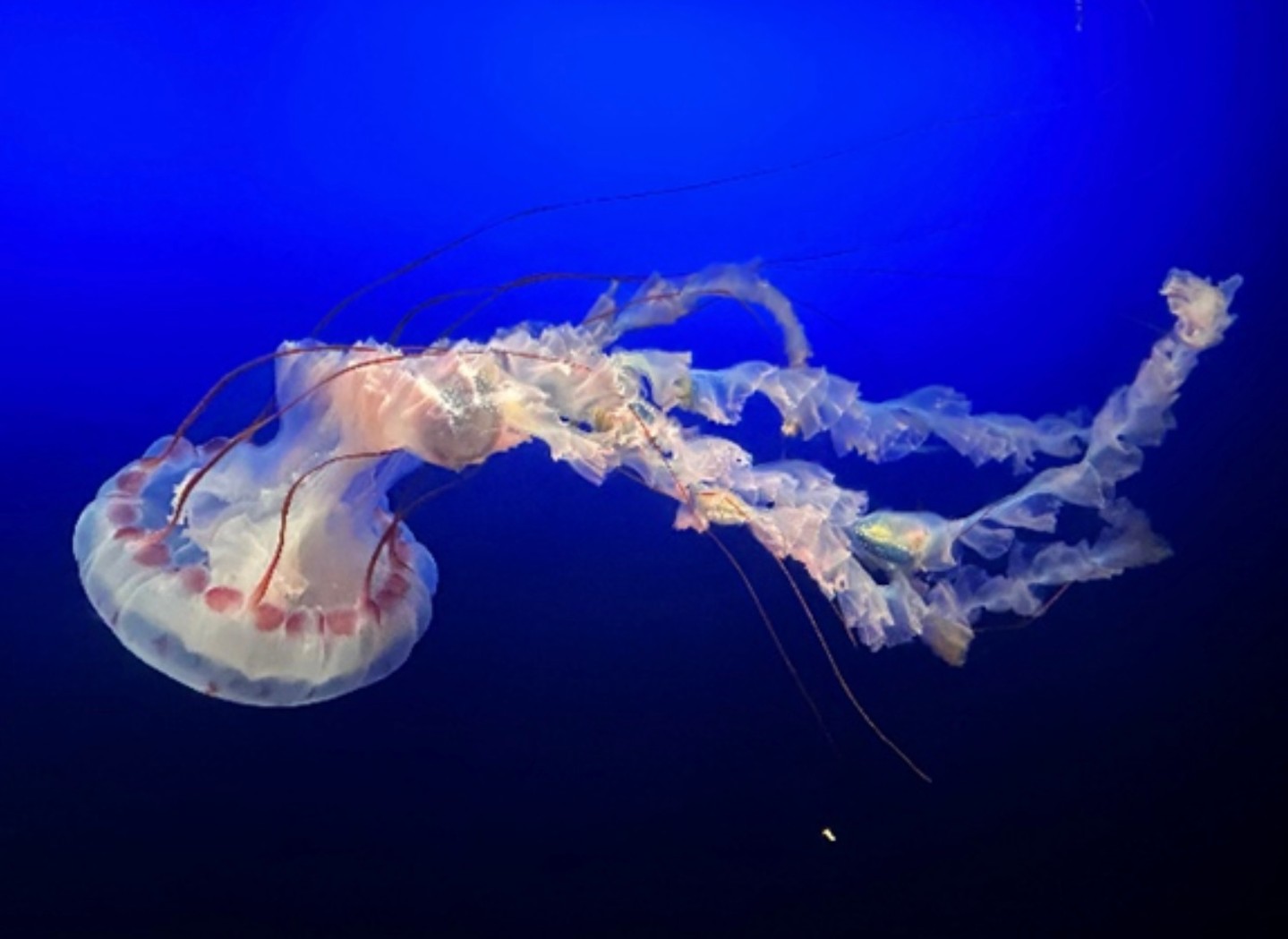- Introduction to the purple-striped sea nettle and its significance in marine biodiversity.
- Details of its habitat, physical characteristics, and behavior in the wild.
- The aquaculture process at the Scott Aquarium for raising jellyfish from polyps.
- The role of aquariums in conservation and educational outreach.
- Challenges and successes in maintaining jellyfish populations in captive environments.
The purple-striped sea nettle, with its striking appearance, represents a vital component of marine ecosystems along the California coastline. Its introduction to the Scott Aquarium underscores the efforts in marine biodiversity conservation. This jellyfish species is characterized by a bell spanning over 2.5 feet and tentacles that can extend up to 15 feet. Its vibrant purple bands serve not only aesthetic purposes but also signal its ecological niche as a predator and prey in the marine food web.
This species’ natural habitat includes the coastal waters of California, where currents and the availability of planktonic food play critical roles in its survival. As carnivorous creatures, the purple-striped sea nettles feed on zooplankton, small fish, and other jellyfish. Their feeding habits contribute to the regulation of local marine populations, highlighting their ecological importance.
Raising jellyfish in an aquarium setting, like at the Scott Aquarium, involves a complex process that begins with sourcing polyps from wild populations. These small, anemone-like structures attach to surfaces and eventually transform into the medusa form of jellyfish. This transformation requires precise control of environmental conditions, including water temperature, salinity, and nutrient availability. Aquarists diligently manage these factors to mimic natural conditions, allowing the jellyfish to thrive.
The capture and rearing of the purple-striped sea nettle are not just about bringing a new species to exhibit; they’re a testament to the strategies aquariums employ to educate the public and foster conservation awareness. Aquariums serve as bridges between humans and aquatic life, offering insights into marine biology and the intricacies of maintaining balance within fragile ecosystems. Through interactive displays and educational programs, visitors learn about the significance of jellyfish and the broader environmental challenges facing oceans today.
In caring for jellyfish, aquariums encounter unique obstacles. Jellyfish require specific tank designs that facilitate their delicate swimming patterns and prevent injury, such as round tanks that keep them from getting stuck in corners. Furthermore, maintaining the right conditions is vital for their survival and health, demanding ongoing monitoring and adjustments. Despite these hurdles, the success of programs like those at the Scott Aquarium demonstrates the power of human ingenuity in preserving marine life.
Aquariums have increasingly become important centers for conserving marine species, supporting both research and public engagement. By showcasing species like the purple-striped sea nettle, they inspire efforts to safeguard oceanic environments and encourage responsible stewardship of our planet’s waters. Through effective collaboration, aquariums, scientists, and the public can work together to secure a future for diverse marine organisms.
This dedicated approach to presenting the purple-striped sea nettle contributes to a broader understanding of marine life and highlights the critical role of education in conservation. Visitors are encouraged to reflect on how their actions affect marine ecosystems and commit to practices that support ocean health. As aquariums continue to evolve, their initiatives can lead to more sustainable interactions with aquatic environments, fostering a new generation of informed advocates for marine conservation.
*****
Source Description
Drifting into your feed like…
The purple-striped sea nettle, the newest jellyfish species to float into the Scott Aquarium. Native to the California coast, this species—when fully grown—can grow tentacles up to 15 feet long and a bell spanning more than 2.5 feet!
This particular jelly—a rare species in aquariums—was raised here in Omaha from California-sourced polyps. A complex and specialized process our aquarists have demonstrated with multiple species!


